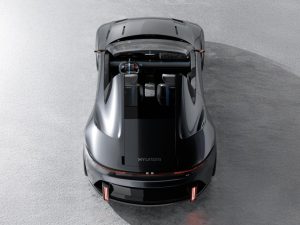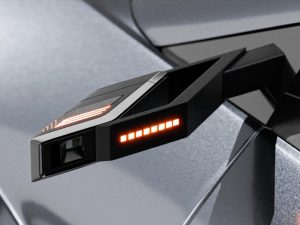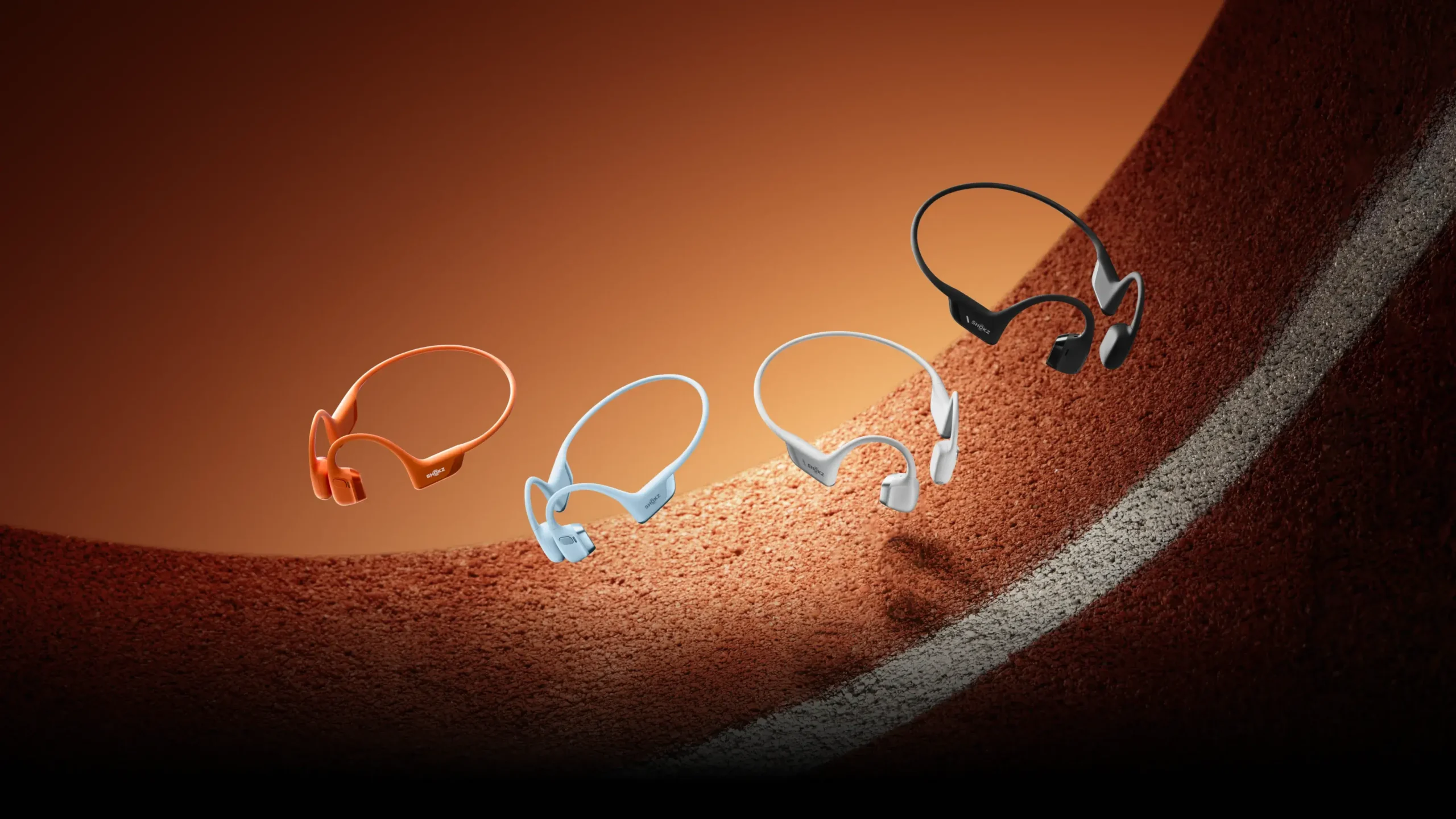
There was a time when owning a sports car meant embracing solitude or, at best, sharing the thrill with a single passenger. It was a lifestyle choice as much as a design decision — the world of driving pleasure was gated by minimalism, with no room for child seats or extra luggage. A sleek silhouette, a screaming exhaust note, and enough room for two: that was the recipe for pure automotive joy.
However, as society evolved, so too did the needs and expectations of drivers. The worldbecame faster, more connected, and, paradoxically, more demanding of comfort and versatility. This forced many enthusiasts to abandon their coupes and roadsters for more “practical” choices — crossovers, SUVs, or bloated sedans — a compromise that always carried a tinge of regret. What if you could have it all? The Hyundai N Vision Roadster concept by designer Geonryun Hwang dares to ask this question, and more importantly, offers an exhilarating answer.
The Designer Behind the Vision
Before diving into the machine itself, it’s worth examining the mind behind it. Geonryun Hwang, an independent designer, has a knack for marrying audacious imagination with clear-eyed functionality. While this roadster isn’t an official Hyundai project, Hwang’s use of the Hyundai N branding isn’t random; it channels the ethos of Hyundai’s performance sub-brand, known for its relentless focus on dynamic excellence and emotional connection to the driver.
The N division, inspired by Namyang (Hyundai’s global R&D center) and Nürburgring (the legendary German racetrack), embodies a spirited engineering philosophy. Hwang channels this DNA while taking unprecedented liberties — envisioning a future where sports car performance, electrification, and family inclusiveness coexist.
A Radical Layout: The Three-Seater Formula
At first glance, the N Vision Roadster’s proportions evoke classic roadsters — long hood, low-slung profile, muscular haunches. But linger for a moment, and you’ll notice its most revolutionary feature: a central third seat. This triangular seating configuration challenges the binary relationship between driver and co-pilot, inviting a new paradigm where driving pleasure isn’t exclusive.
Instead of the traditional two-seater cockpit that prioritizes intimacy and focus, Hwang proposes an arrangement that includes a rear center seat. Think of it as a subtle nod to McLaren’s F1, a car famed for its central driver’s seat flanked by two passengers. But in Hwang’s vision, the central seat is behind the driver — a choice that speaks to practicality without diluting the sports car spirit.
This configuration allows for a more balanced distribution of weight and potentially improved aerodynamics. Beyond the technical benefits, it’s an emotional proposition: you no longer have to leave your child, friend, or partner at home when seeking weekend thrills. You get to share the drama of every curve and acceleration surge together, in a package that still looks unapologetically fast.
Electrifying the Roadster
Hwang’s concept doesn’t simply add a seat; it also embraces an all-electric powertrain. The choice isn’t arbitrary. The automotive world stands on the cusp of an EV revolution, and while high-performance EVs are already dazzling us with mind-numbing acceleration figures, they often lack a certain soulful character.
The Hyundai N Vision Roadster attempts to bridge this gap. It imagines an electric sports car with instant torque delivery, pin-sharp handling, and an emotional design that resonates with the analog sensibilities of classic motoring. In a sense, it suggests a future where electric power isn’t a compromise but an enhancement of the sports car experience.
The battery pack placement would likely be low and central, aiding in the car’s center of gravity. The result is a vehicle that hugs corners, launches off the line with surgical precision, and provides a feeling of connectedness to the road that purists crave. The electric heart amplifies the roadster’s appeal, making it a forward-looking icon rather than a relic of a bygone era.
Design Language: Fast Standing Still
Visually, the Hyundai N Vision Roadster is a masterclass in dynamic design. Hwang has sculpted surfaces that flow like liquid metal, edges that catch the light just so, and muscular fenders that hint at latent power. Even at a standstill, the concept exudes velocity.
The nose dips aggressively, lending a predatory stance reminiscent of classic Italian exotics, while the rear features sharp cutaways and a minimalist diffuser that signals performance intent. The windshield, steeply raked and almost invisible from certain angles, enhances the sense of motion and wind-sculpted form.
Details like thin LED light signatures, sculpted air intakes, and flush surfaces further push the design into the realm of future-forward minimalism. Hwang masterfully balances visual drama with aerodynamic efficiency, creating a shape that feels both alien and intimately familiar to anyone who has dreamed of driving on an empty coastal road at sunrise.
A New Kind of Practicality
When we think of practicality, minivans and family SUVs come to mind. But practicality doesn’t have to be bland or uninspired. The N Vision Roadster’s third seat is more than a design flourish; it’s a philosophical statement. It asks why we should sacrifice fun at the altar of utility.
This seat transforms the roadster into a versatile weekend companion that fits modern lifestyles. Want to drop your kid at school and then escape to the canyons? No problem. Need to pick up a friend on your way to a track day? The N Vision Roadster says yes without hesitation.
Beyond carrying an extra passenger, the seat also suggests a subtle evolution of how we think about sports cars as cultural objects. It reframes them from solitary expressions of freedom into shared experiences. This is a future where automotive joy isn’t a selfish act but an inclusive adventure.
Emotional Connectivity
There’s something deeply emotional about the idea of a roadster. It’s a symbol of liberation, an icon of personal expression. The Hyundai N Vision Roadster doesn’t dilute this essence; it enhances it by adding a communal dimension.
Imagine your child, eyes wide with wonder, sitting behind you as you carve through mountain roads. Or your partner, sharing every exhilarating g-force moment, creating memories far beyond a simple point A to B journey. These experiences go beyond horsepower and torque figures; they’re about connection, storytelling, and forging bonds through motion.
Future Possibilities and the Path Ahead
While the Hyundai N Vision Roadster remains a conceptual exercise, it serves as an important cultural artifact. It demonstrates what’s possible when designers aren’t shackled by traditional categories. Could Hyundai take inspiration from this and create a production variant? It’s unlikely in the immediate future, but concept cars often act as seeds for future design directions.
As the automotive landscape shifts toward electrification and software-defined vehicles, there’s a risk that cars become sterile appliances, devoid of character. Concepts like the N Vision Roadster remind us that even in an electric future, there is space for playfulness, passion, and imagination.
Moreover, it highlights a growing appetite among consumers for vehicles that don’t force them into rigid categories. People want sustainable cars, but they also crave identity and emotional depth. They want practicality, but they don’t want to give up on aesthetics or excitement. The N Vision Roadster encapsulates this tension beautifully.
Hyundai N and the DNA of Fun
Hyundai’s N division has already built a cult following among enthusiasts. Cars like the i30 N, Veloster N, and the newer Ioniq 5 N show that Hyundai is serious about making cars that stir the soul. Hwang’s concept aligns with this spirit, yet pushes it further into unexplored territory.
If Hyundai were to explore such a concept seriously, it could define a new genre: the family-inclusive electric roadster. Imagine marketing that doesn’t focus on compromise but on new ways of sharing experiences. In an era where “sharing” has been commodified through social media, a car that lets you share adrenaline in real life feels almost radical.
A Dream Worth Keeping Alive
At its heart, the Hyundai N Vision Roadster isn’t just a beautifully designed machine; it’s a love letter to the joy of driving and to the idea that cars can be more than transportation. They can be catalysts for experiences, for bonding, for pushing boundaries — both literally and metaphorically.
Geonryun Hwang’s concept provokes us to think differently about the sports car. It invites us to imagine a future where family life doesn’t automatically mean goodbye to driving passion. Where you don’t have to choose between your child’s laughter and the sound of tires kissing the tarmac. Where performance isn’t a solitary pleasure but a shared story.
In many ways, the N Vision Roadster embodies a kind of optimistic futurism that feels rare today. It suggests that electrification doesn’t have to flatten automotive passion; it can invigorate it. That practicality doesn’t have to neuter design; it can inspire new forms.
Will this exact vehicle ever hit the streets? Maybe not. But it doesn’t need to. Its real power lies in what it represents: a challenge to our assumptions, an invitation to dream, and a gentle reminder that the best drives are the ones shared with those we love.
As the sun sets on the era of the traditional two-seater sports car, concepts like the Hyundai N Vision Roadster light the way forward — not with the cold glow of technological inevitability, but with the warm, electric pulse of human imagination.
No comments yet.









